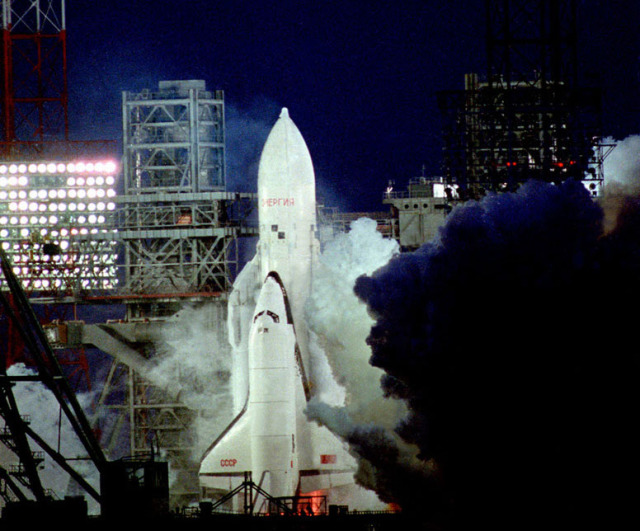The history of work on projects of various reusable aerospace systems has more than a dozen years. In April 1981, the first flight into orbit of the American Space Shuttle took place, and a little later the winged Buran flew into space.
Today, many people associate the development of the manned program with the creation of spaceplanes. Such projects are also being discussed in our country. Moreover, Russia has an excellent technical background for this – the successfully implemented Energia-Buran program.
Space take-off " by plane»
Almost immediately after the first flights into space, the idea of using cruise spaceships appeared. The development of aircraft that can climb to great heights and go into space began even earlier – in the late 1950s. The first such project implemented was the American hypersonic rocket plane North American X-15. It is believed that in 1959, it soared so high that it ended up in outer space.
However, it should be clarified here that this fact largely depends on what exactly is meant by space. By American standards, the North American X-15 and its pilots have been in space 13 times, because that is how many times they have climbed to an altitude of more than 80 km. According to international laws – only twice, because according to the International aviation Federation (FAI) space flight is considered at an altitude of 100 km above sea level. Under such conditions, the aircraft can become an artificial satellite of the planet, that is, rotate in orbit around the Earth. Satellites, as you know, do not need wings, but they would not hurt a spacecraft. This was the opinion of NASA specialists, and in October 1968, they turned to American space companies with the idea of creating such a ship.
It was believed that a reusable space system in the first place would significantly reduce the cost of each launch and the cost of the payload put into orbit. In the United States, work began on creating a reusable system, which was called the "space Shuttle" (Space Shuttle).
The first prototype of the "space Shuttle" was the "enterprise", named after the ship from the popular science fiction series Star Trek. Like the ship from the series, the Shuttle enterprise did not fly into real space, but allowed for important tests on Earth.
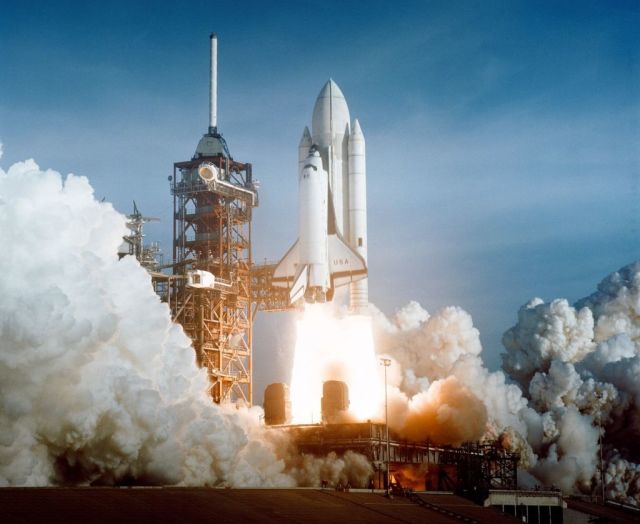 |
| The Launch Of "Colombia". |
| Source: NASA / wikipedia.org |
The first active space Shuttle was Columbia, which flew on April 12, 1981. Two astronauts took part in this actual test launch, risking their lives. Then everything went well. The tragedy with the "Columbia" happened much later – in 2003 at the 28th launch. Seven crew members were killed in the crash. The second space Shuttle, the Challenger, had the same fate. It survived nine launches, and in 1986, on its tenth launch, it crashed with eight astronauts on Board.
The last flight under the space Shuttle program took place in 2011. In just 30 years of use, the shuttles have made 135 space trips. Each such trip cost a considerable amount-from 500 million to 1.3 billion dollars, and each kilogram of "space baggage" cost about 15 thousand dollars. At the same time, our one-time Soyuz rocket launched cargo into space at a price about two to three times cheaper. The space Shuttle program was planned to be commercially profitable, and as a result, the cost of delivering cargo to orbit on American shuttles turned out to be the highest in the history of space flights.
"Buran" ahead of time
Not surprisingly, the space race between the United States and the Soviet Union could not get around the idea of reusable space systems. Observing the activities of American colleagues, Soviet designers discussed this issue at the highest level. The idea of cruise spaceships was actively promoted by OKB-52 headed by Vladimir Nikolaevich Chelomey. In the Kremlin, they presented their proposals for creating a spaceplane for flying to Mars and Venus, as well as developing manned and unmanned rocket planes for near-earth flights.
At the same time, the idea of returning from space on a wing was not supported by all designers. For example, Sergey Pavlovich Korolev admitted that a winged spaceplane could be indispensable, for example, when landing on Mars. But as for near-earth flights, "it's expensive to carry wings into space."
Nevertheless, in the USSR, in 1973, the development of a reusable space system "Energia-Buran"began. Specifically for the implementation of the program, the NGO Molniya was created (since 2018, This Association is part of the Kalashnikov group of companies and continues to work on aviation and space topics). Gleb Yevgenyevich Lozino-Lozinsky, who had previously been involved in the Spiral project, was appointed chief designer of the Lightning. "Spiral" did not receive support from the Soviet leadership and Lozino-Lozinsky was reoriented to create "Buran".
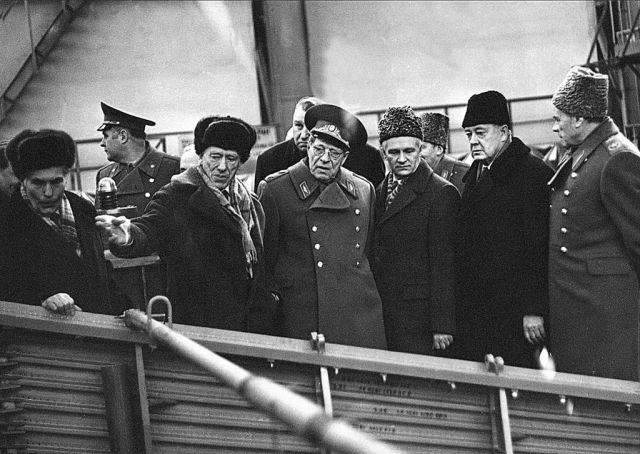 |
| G. E. Lozino-Lozinsky (third from left) shows the process of assembling the "Buran" of the government delegation. |
| Source: Rostec |
The work on Buran can be called the largest space construction project in the country's history. It was attended by more than a thousand companies, many of which are now part of Rostec. The M. M. Gromov Flight research Institute (LII) played an important role in the Buran program. Gromov), now part of the United aircraft Corporation (UAC). An automatic control system was tested here, which fundamentally distinguishes the Buran from manned shuttles.
NPO Molniya in cooperation with NPO "Energy" and LII. Gromov designed and built flight simulation stands, a flight experiment control center, and several flying laboratories. The atmospheric section of the Buran flight was worked out on the BTS-002 flying laboratory created at Molniya, a full-size replica of an orbiting spacecraft with additional turbojet engines. More than 20 flights on the BTS-002 in both manual and fully automatic mode were performed by LII test pilots. Gromov.
The cockpit glazing and composite parts of the "Buran" was manufactured at ORPE "Technologiya". Then the specialists of the company had invented an innovative material Gravina, able to withstand up to +1650 °C. We can say that Technologiya's participation in the Energia-Buran project laid the Foundation for composite production in our country.
The Buran cabin was developed by specialists of the Experimental machine-building plant named after V. M. Myasishchev, which today is part of the United aircraft Corporation (UAC). Here, a unique VM-T system was proposed and created for transporting the space Shuttle glider and large-sized units under the Energia-Buran project. Over the course of several years, transport aircraft VM-T "Atlant" made more than 150 flights, providing ground tests, and then the space flight itself.
The unique parachute system of the spaceplane was created at the research Institute of parachuting (Technodinamika holding). Specialists of the research Institute of aviation equipment (now part of KRET) developed the ship's instrument panel systems, and the Buran landing was provided by systems produced by another Kret enterprise, Aeropribor-Voskhod.
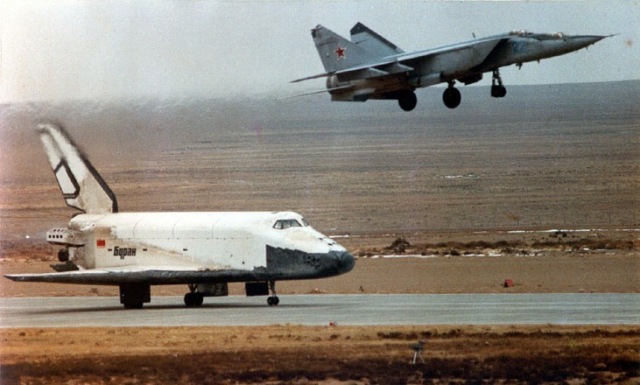 |
| Landing "Burana" at the airport Anniversary on November 15, 1988 |
| Source: Rostec |
As a result, on November 15, 1988, the Energia launch vehicle launched the spacecraft into low-earth orbit from the Baikonur cosmodrome. The Buran circled the planet twice and landed at the Yubileyny airfield. Visually, the landing of the Buran was no different from the landing of American shuttles. However, "Buran" made its flight and landing completely in automatic mode-the Soviet "Shuttle" was controlled not by the crew, but by an onboard computer system. The automatic flight of the Buran made it to the pages of the Guinness book of records and still this record has not been broken. Unfortunately, the first flight of the Buran was also the last.
Read more about how the Energia-Buran program developed and how it surprised the whole world in this article.
Plans for a spaceplane
At the beginning of the creation of reusable aerospace systems, their main purpose was considered to be less expensive and faster access to space compared to disposable rockets. But, as it turned out, designing such a technically complex system is very expensive, and operation is not always cost-effective.
Today, modern technologies can provide new opportunities for space take-off "by plane". This is not only the organization of cargo delivery to orbit and back to Earth. Opportunities such as transcontinental flights are being considered, as well as the development of space tourism with a stay in orbit for several days and a return to the departure airport.
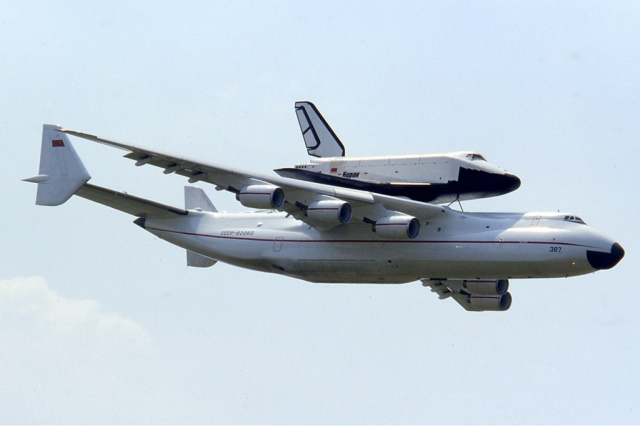 |
| Blizzard. |
| Source: Ralf Manteufel / wikimedia.org |
The creation of aerospace systems can become a kind of platform for implementing breakthrough solutions. A project of this scale can accumulate almost the entire scientific and industrial potential of the country with the subsequent introduction of new technologies in many sectors of the economy. This was also the Energia-Buran program, which created a diverse range of military and civilian developments. Hundreds of these solutions have been applied in various fields. For example, automatic piloting systems developed for spaceplanes are used in modern fighters and drones. And, of course, they can become a base for the development of a new Russian spaceplane – the topic of reusable cruise spaceships continues to develop.
